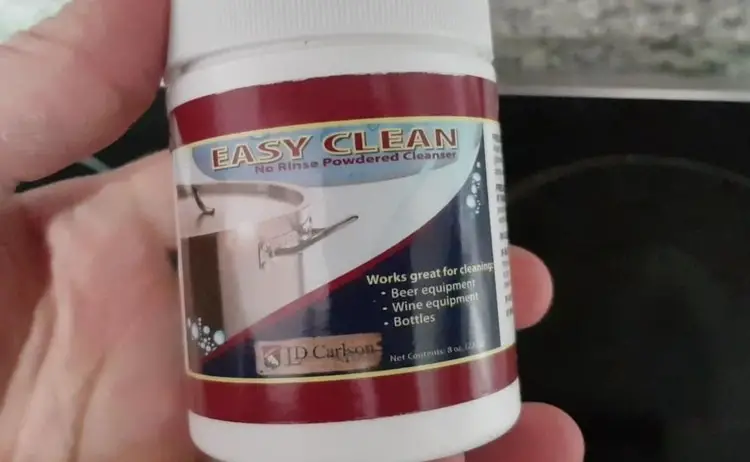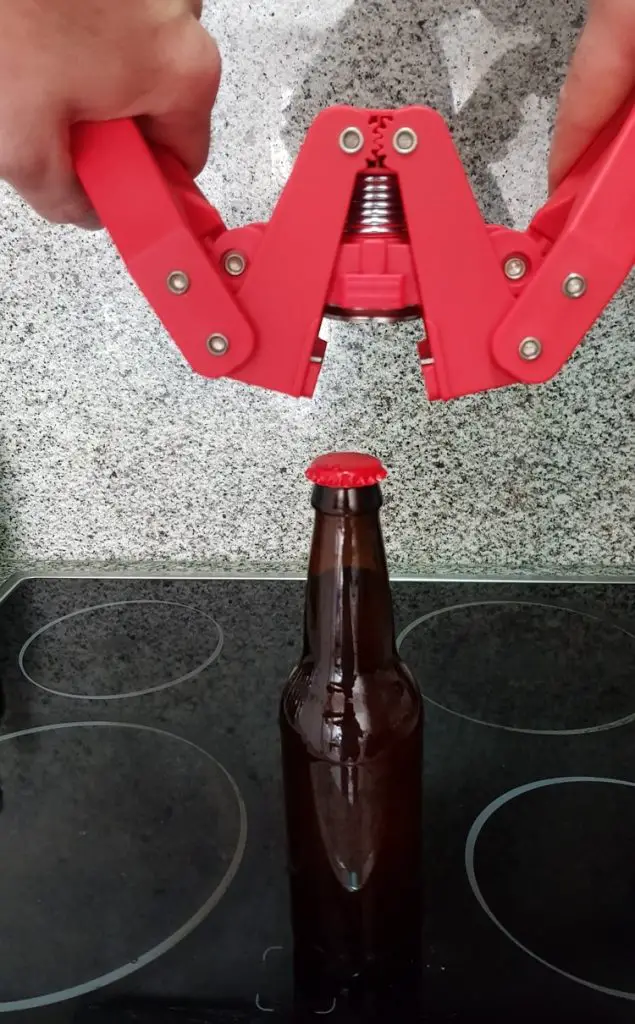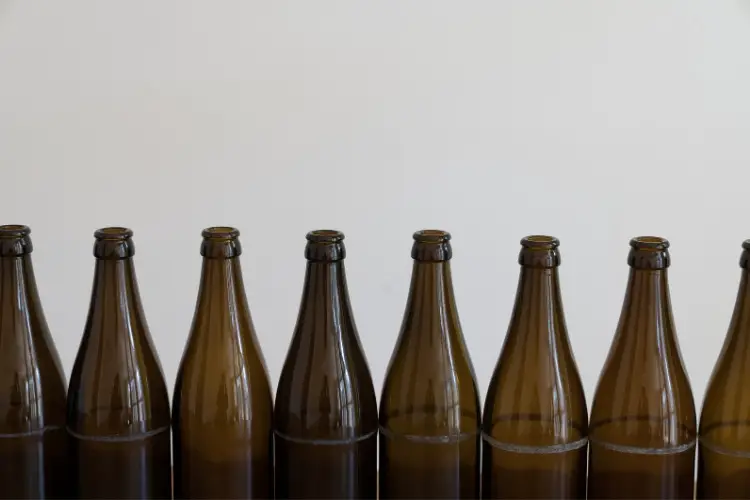So, you’re experimenting with craft brewing, but can you re-bottle homebrew? Beer is bottled after the end of the fermentation process, but if you interrupt the finishing process, you risk changing the flavor and carbonation level of your brew.
Re-bottling homebrew is not a recommended technique. When you open an unfinished beer, you introduce oxygen and possible contaminants that can have dire effects on the beer’s taste and stability.
In the last ten years, craft breweries and distilleries have opened in every corner of the country. Brewers, in particular, are experiencing a craft beer renaissance. The micro-brew market is expanding to include young enthusiasts who are willing to spend extra cash on exquisitely crafted beers. Most craft brewers got their start by experimenting with homebrew recipes and brewing beer at home is more popular than ever.
There is a sharp learning curve with homebrewing, and several homebrewers fail to produce a quality beer in their initial attempts. Several factors, including temperature, light, and sanitary procedures, affect a beer’s final taste and body. If you’re unsatisfied with your beer and want to re-bottle it, you should consider how long the beer has been bottled and how you can minimize carbonation loss.
Can I Re-bottle Homebrew – And Why Would I?
Amateur brewers go through a lengthy trial and error process before they are satisfied with the quality of their beer. Sometimes, it takes a few disasters to examine mistakes and discover how to improve the results.
If you’re frustrated with the poor quality of homebrew, you should remember that apprentices spend years training with brew masters. Unlike other crafts, brewing involves working with a living organism (activated yeast) that sometimes produces inconsistent results.
Unfortunately, uncertainty plays a significant role in a brewer’s profession. You cannot be confident that your beer is worthy until you sample the finished product.
Typically, most homebrewers wait at least two weeks, after the beer was bottled, to sample the brew. Re-bottling your homebrew is not a good idea in most situations, but a few brewers have posted positive online comments concerning their re-bottling results.
On rare occasions, some brewers try to transfer the beer to other bottles before the process is complete. The following is a list of reasons why some people re-bottle their homebrew.
- The bottles lost pressure
- Too much sediment
- Unattractive or unsuitable bottles
- Foul tasting beer
Low Carbonation levels
Most people that resort to the re-bottling option do so because the beer is flat or low in carbonation. This occurrence can be the result of inactive or outdated yeast or from poorly sealed bottles.
Carbonation occurs when the yeast consumes corn sugar and produces carbon dioxide. Outdated or dead yeast will not react with the sugar, and in turn, it cannot make carbon dioxide. Unsuitable yeast is the most common reason for flat beer, but poorly sealed bottles can also destroy your brew.
Avoid using plastic bottles at all costs. Quality beer bottles are easy to acquire and clean. Most of the time, you don’t need to pay a dime to use recycled bottles.
High Sediment Content
Depending on the type of beer you’re brewing, some beer leaves a large deposit of sediment at the bottom of the bottle after you bottle it.
All beer produces sediment, but certain varieties produce higher quantities than others. Ambers and stouts typically have more sediment than lagers or ales.
If you’re discouraged by the sediment content of your homebrew, you should remember your homebrew will not resemble the clarity achieved by corporate operations. The equipment and standards of a national brewer are more advanced than a homebrewer’s operation.
You can strain out some of the sediment during the bottling process, but you cannot remove all of the solid material.
Unsuitable Bottles
The bottles that you use to store homebrew should be the same bottles you plan to serve. Plastic, clear bottles are less effective at blocking light and maintaining a tight seal. If you initially store beer in plastic bottles, you’re taking a big risk with the beer’s carbonation levels and flavor.
Some amateur brewers run into problems finding quality bottles and are resigned to using cheap, fragile substitutes. Re-bottling is a risky option, but it is usually better to re-bottle beer than to allow it to lose carbonation in a deficient receptacle.
Foul Tasting Beer
If your beer is exposed to too much light or heat, the beer’s flavor can turn unpleasant or undrinkable. You should wait at least two weeks before you sample the bottled beer, and if you try it too soon, the unappealing taste could also result from a lack of maturity.
Some brewers wait three to four weeks before sampling a bottle to ensure the beer’s flavor and carbonation levels have reached maturity. If you open the beer before the two-week period and feel the need to re-bottle it, you may have to add yeast to reanimate the process.
Opening a bottle introduces oxygen and allows carbon dioxide to escape. Adding around ⅛ tsp of brewer’s yeast to each bottle will compensate for the small loss of carbonation, but remember, this technique has inconsistent results.
Your beer may be beyond repair if the taste is too offensive, and your only option is to forget your pride and start over.
How Do I Re-bottle Homebrew?
The two most crucial factors to consider when re-bottling are proper sanitation and expediency. If you have to re-bottle your homebrew, it’s vital to work fast when you transfer the beer to new bottles. You have to limit the time that the beer is exposed to avoid oxidation and a loss of carbonation.
The following list displays the proper procedure for re-bottling beer.
- Acquire durable bottles
- Sanitize bottles and caps
- Sanitized equipment
- Cap the bottles
- Store in a cool, dark place
1. Durable Bottles
Although several beer producers use clear bottles for their products, you should acquire amber or dark-tinted glass for your homebrew. Corporate brewers sometimes use clear bottles to highlight the color of their beer, but they do not expose the bottles to light until the beer is distributed.
Dark glass inhibits the effect of light and prevents light from changing the beer’s flavor and aromas. If you collect used bottles for homebrew, select the thickest and darkest bottles you can find.
Only use bottles that previously contained beer, and avoid using bottles that contained non-edible liquids such as chemical cleaners.
2. Bottle and Cap Sanitization
Rinse the bottles before sanitizing and remove any debris or residue. Dirty bottles contain bacteria that can alter the beer’s flavor and even cause the beer to explode. Fill the bottles with the sanitizer and soak the caps in a clean plastic container filled with sanitizer.
Some brewers suggest soaking the caps in vodka to avoid the possibility of rust occurring from the sanitizer. If you only soak the caps for a few minutes, it’s unlikely the sanitizer will corrode the caps, but vodka is a suitable alternative.
After pouring out the sanitizer, leave any residual foam from the sanitizer in the bottle. To avoid contamination, never use a cloth to dry the bottles. Remaining sanitizer foam will not affect the taste or stability of the beer.

3. Equipment Sanitization
Sanitizing your equipment is just as important as sanitizing the bottles and caps. If you’re pouring beer from one bottle to another, a funnel rather than a siphon is all you’ll need. Sanitize the funnel thoroughly before you begin pouring.
4. Bottle Capping

Use sanitized caps and a bottle capper to secure the tops on the bottles. Ensure that the caps are on tight so that carbon dioxide cannot escape.
5. Cool and Dark Storage Area
After you finish re-bottling the beer, find a cool, dark place to store the beer. Heat and light can degrade the beer and ruin its flavor and appearance. Use a plastic storage bin or a hefty cardboard box to hold the homebrew. In case one of your bottles explodes, the mess will be contained.
Closing Remarks
Brewing your beer is a rewarding experience, but you’ll likely run into complications and the occasional disaster.
Remember that brewing the perfect beer takes a lot of practice and patience.
Each mistake is a learning experience, and if you have to re-bottle your beer, hopefully, your friends will appreciate all the work you’ve done to produce a delicious beer.
